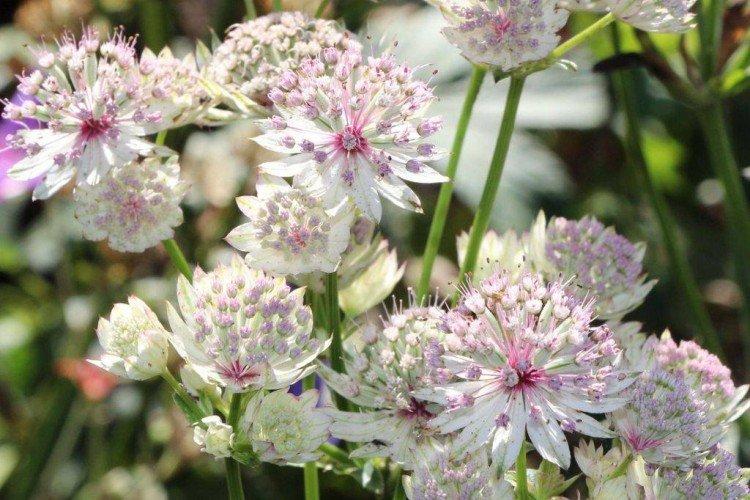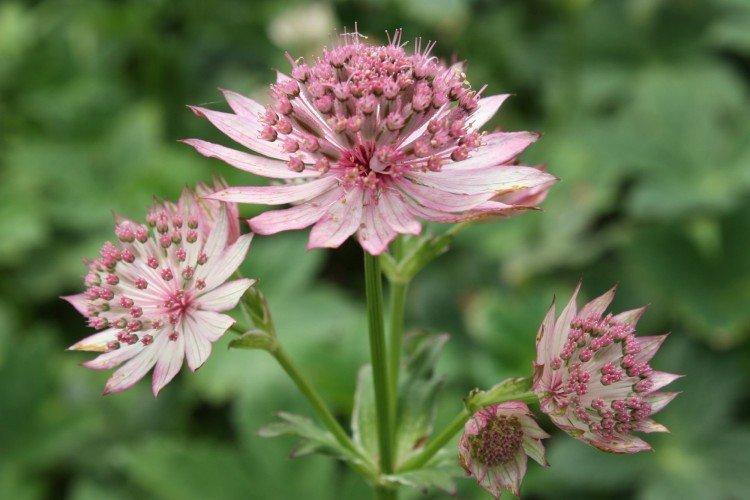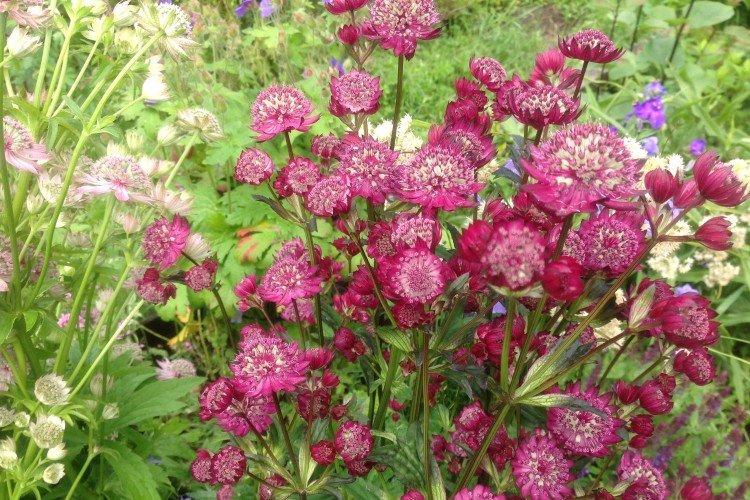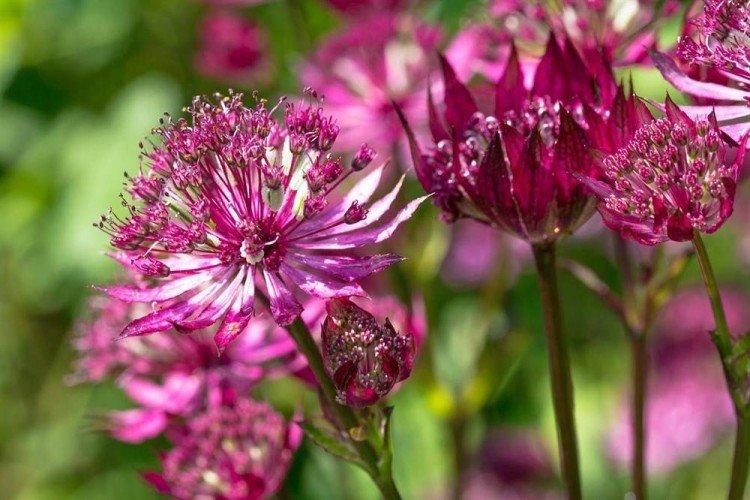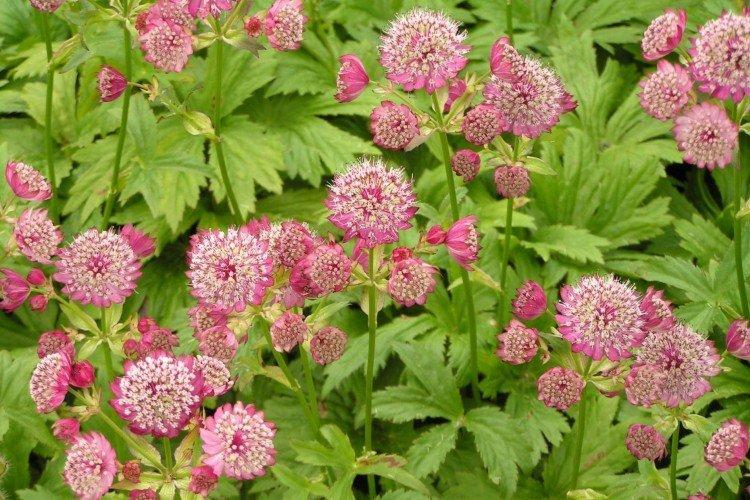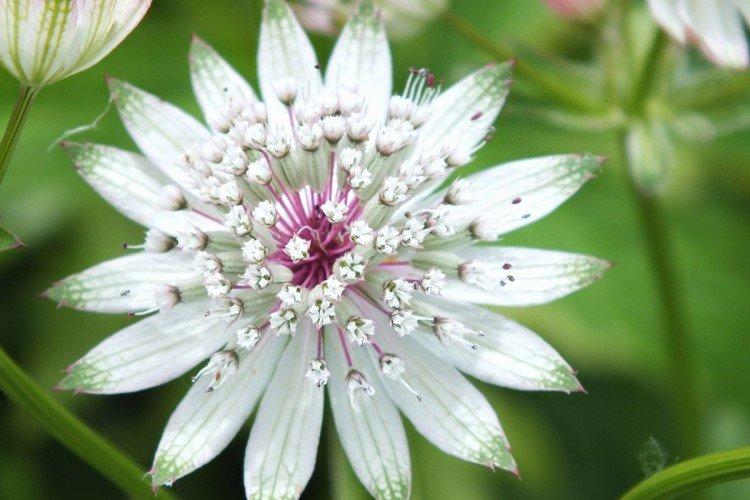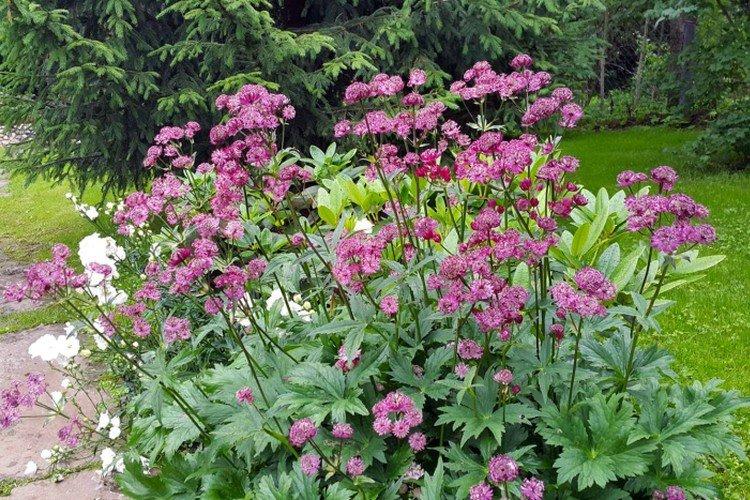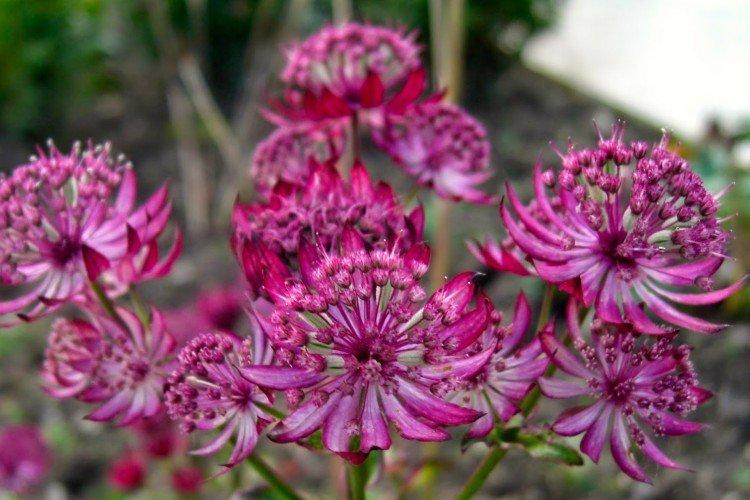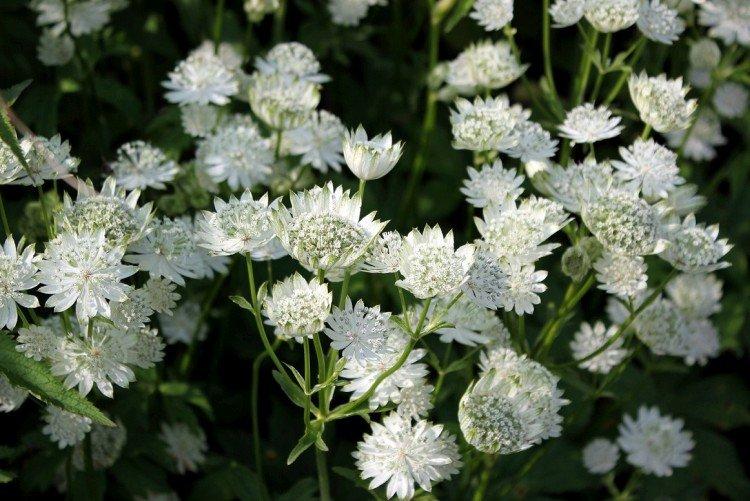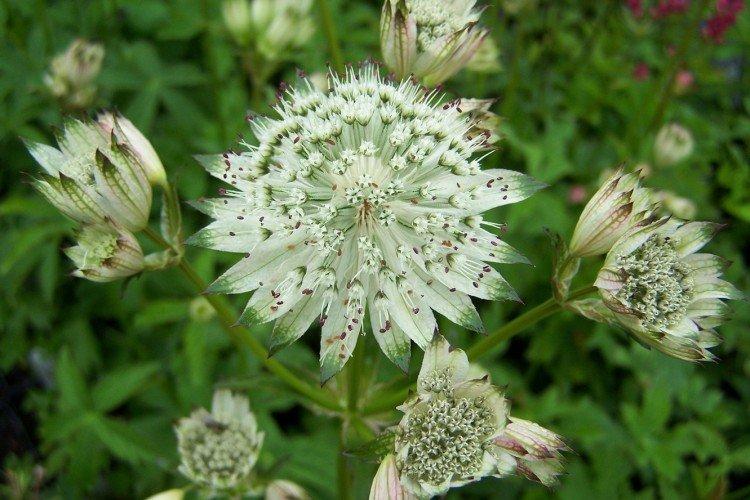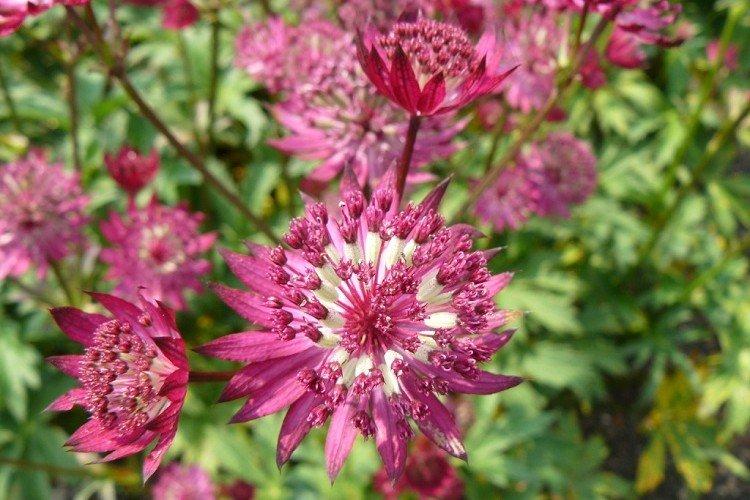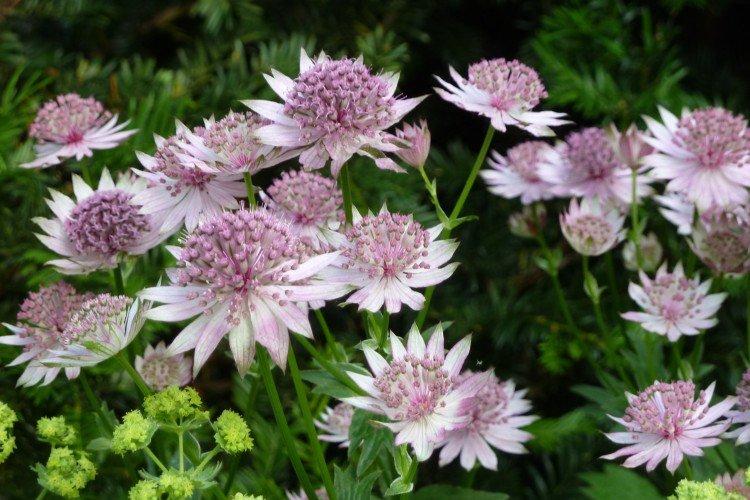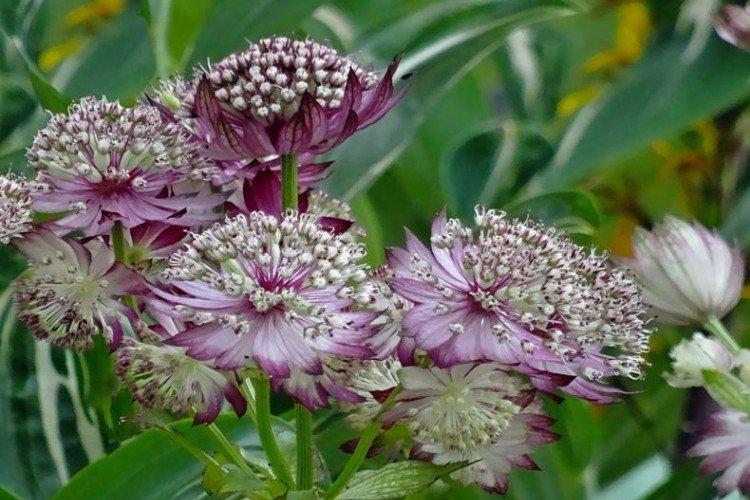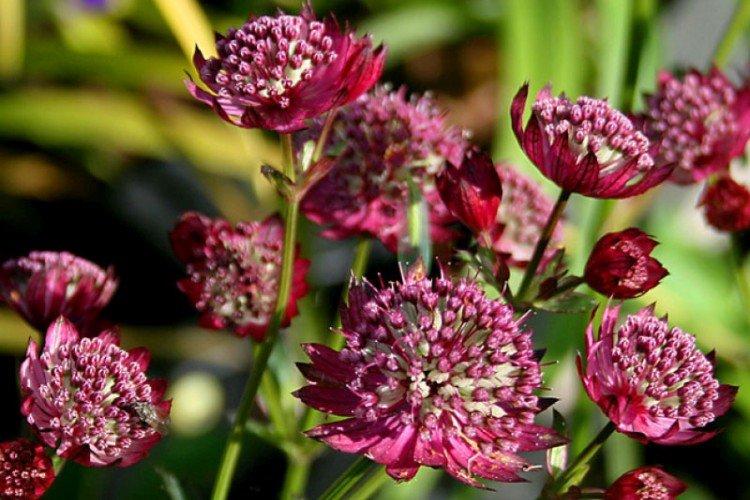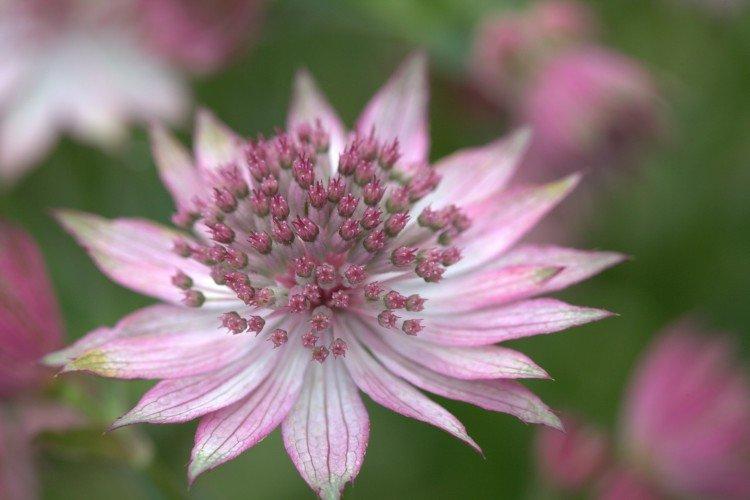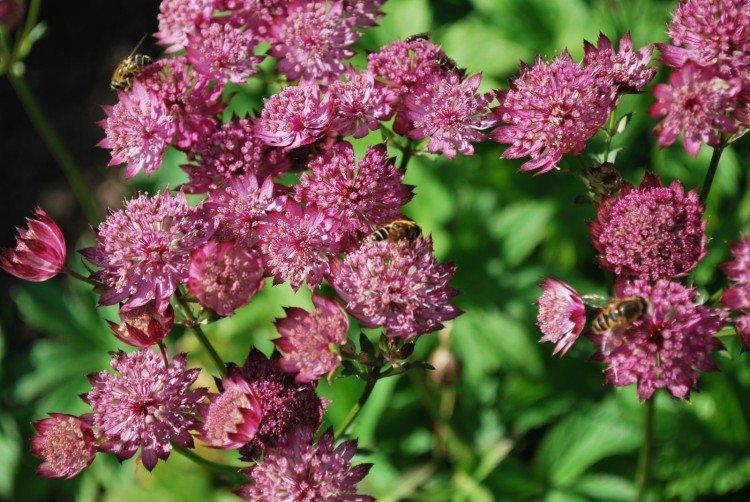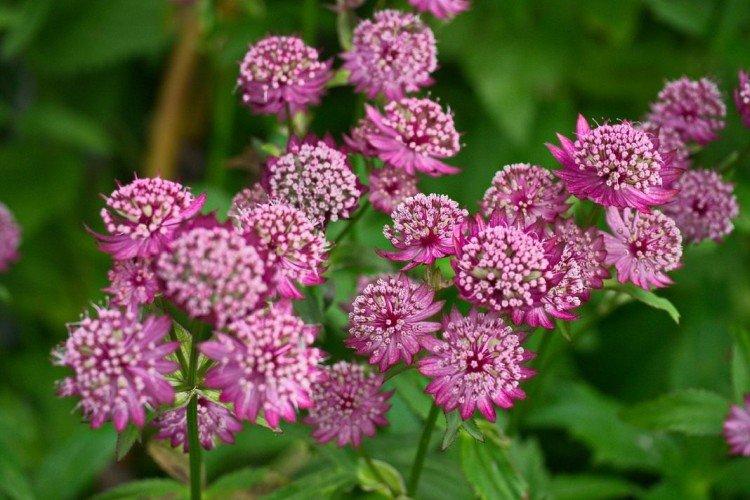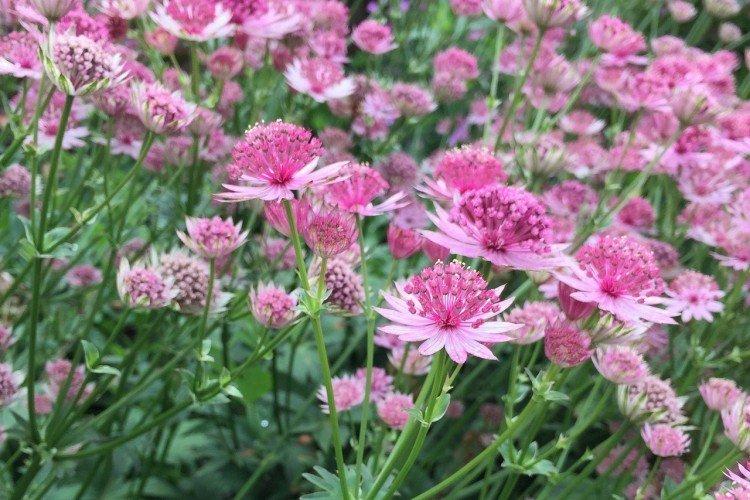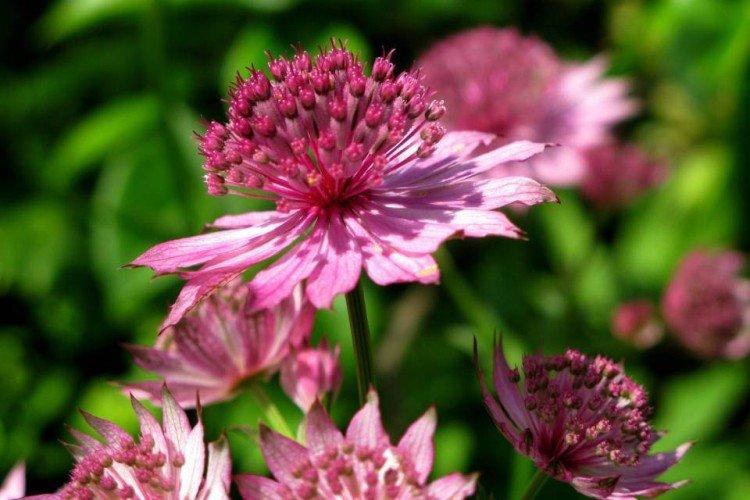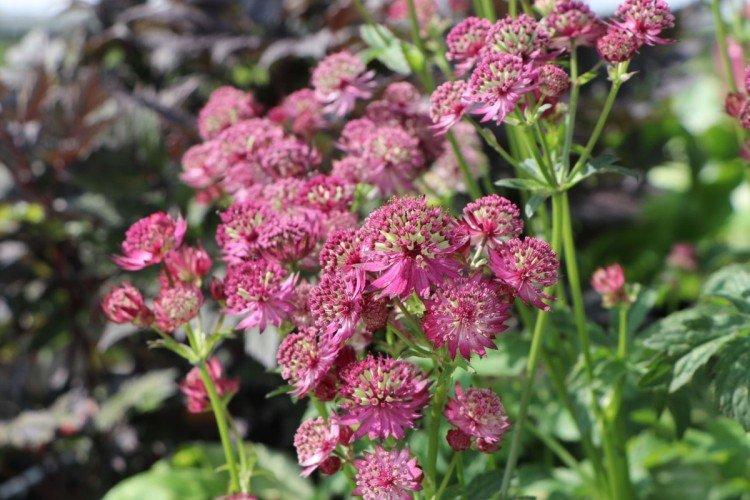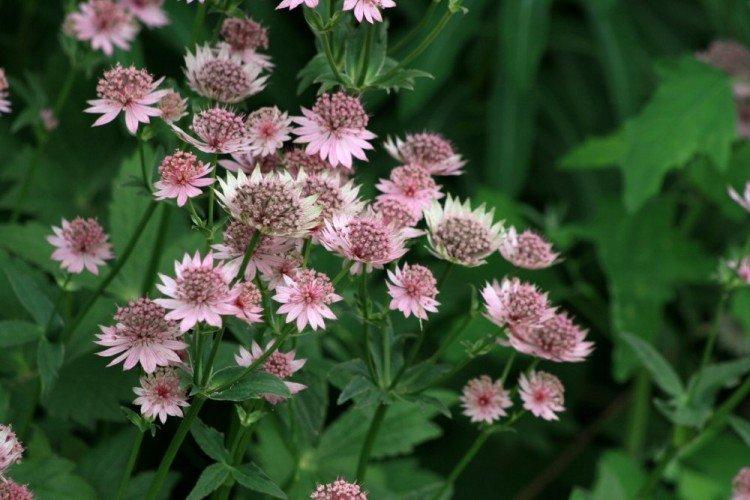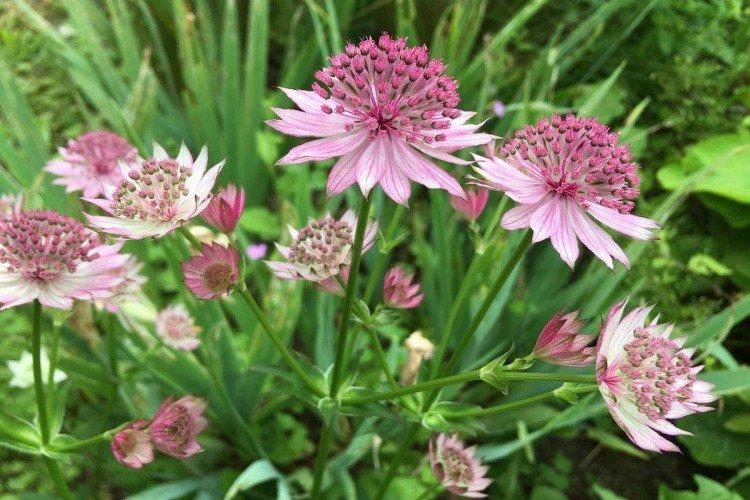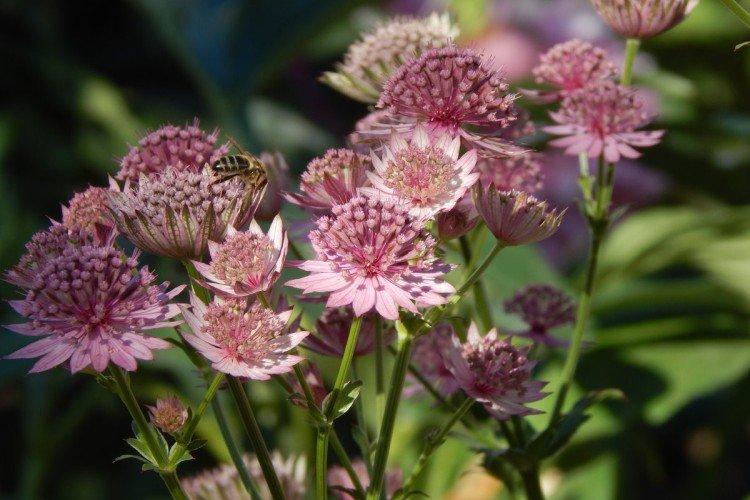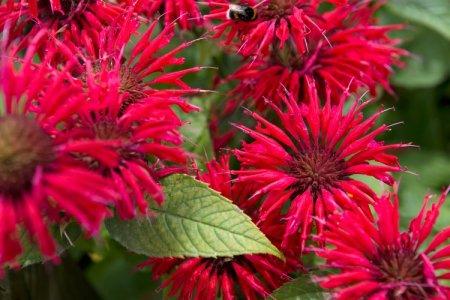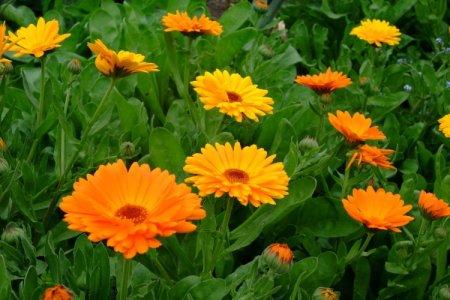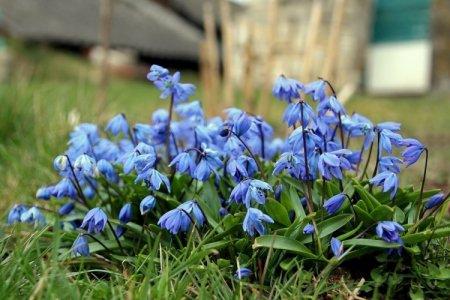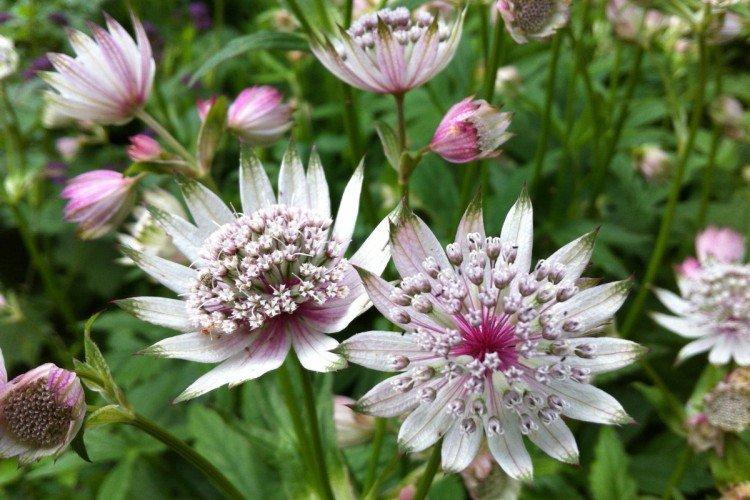
Astrantia's amazing flowers immediately attract attention with their unusual shape. And also - very effective and complex shades from white to purple and blood red. If you love outlandish and original plants, this article is especially for you!
general information
Astrantia is also called a star, and everything instantly becomes clear if you look closely at its buds. It is an umbellate herb distributed throughout Europe. In different countries, it has been cultivated for about 500 years, and this also says a lot!
Large carved leaves retain their decorative effect throughout the season, regardless of flowering. Those very unusual inflorescences are, in fact, balls of thin small flowers in a colored leafy wrapper.
Astrantia retains its decorative effect regardless of the age of the bush. It is also a great honey plant. The flowering season is in the summer. Shoots vary in height from 15 to 90 cm, but they are always straight and slightly leafy.
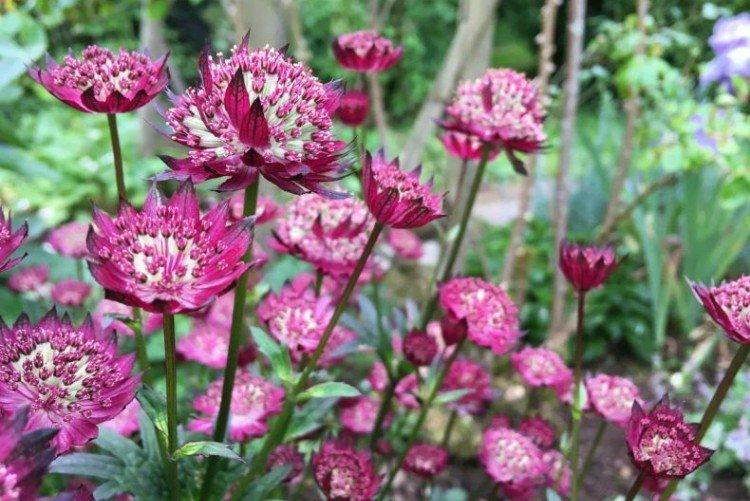
Types of astrania
There are more than a dozen types of Astrantia, but the number of its garden forms is already difficult to count. Let's deal with the most beautiful and popular varieties, from which modern hybrids are derived.
Small Astrantia
A tall mountain variety up to a meter high with small pale flowers on thin shoots. Little Astrantia has been known in culture for over 350 years and color since mid-July.
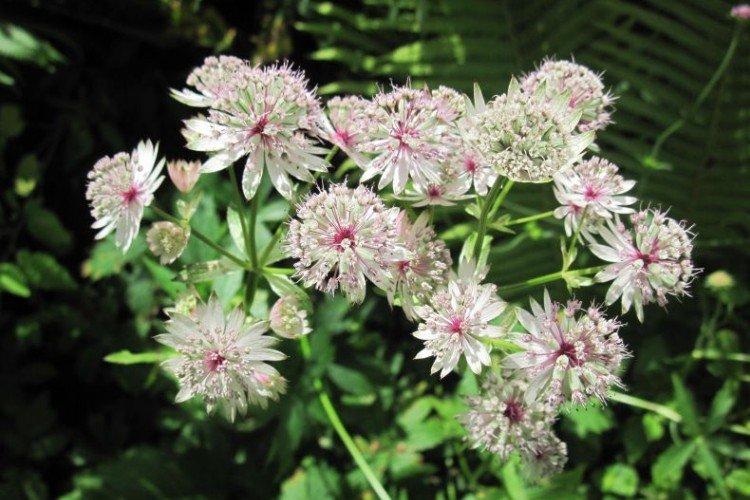
Large Astrantia
Sprawling bushes grow up to 70 cm, and the diameter of the basal rosette reaches 40 cm. Simple star-shaped inflorescences combine all shades of pink. But there are other breeding varieties, for example, wine-colored or spotted.
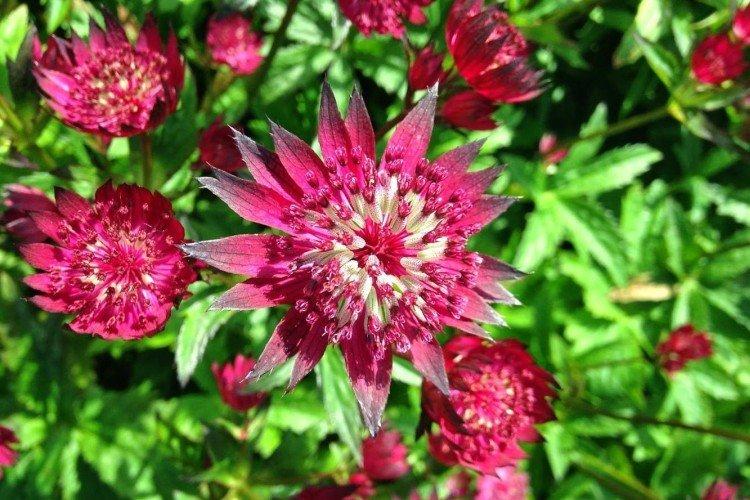
Carniola Astrantia
Spectacular perennial with snow-white umbellate inflorescences on pink wrappers. The red, finger-leaved varieties are also very good.
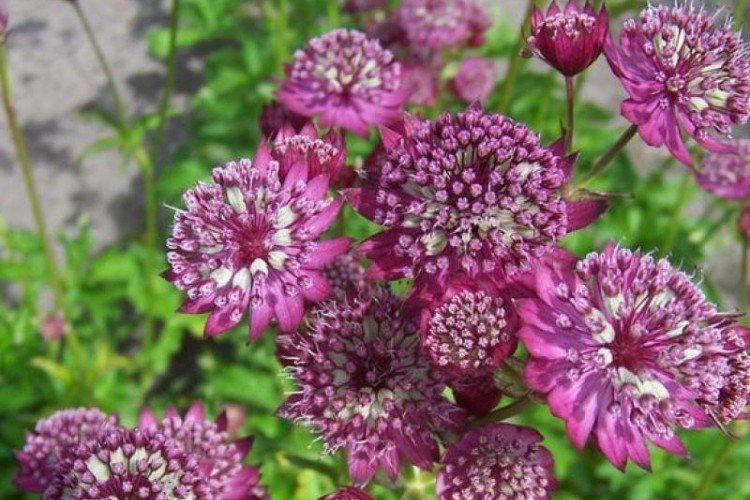
Largest Astrantia
It is a Caucasian variety with a very powerful rhizome and vigorous shoots. She has interesting tripartite leaf plates and small flowers with a reddish wrapper.
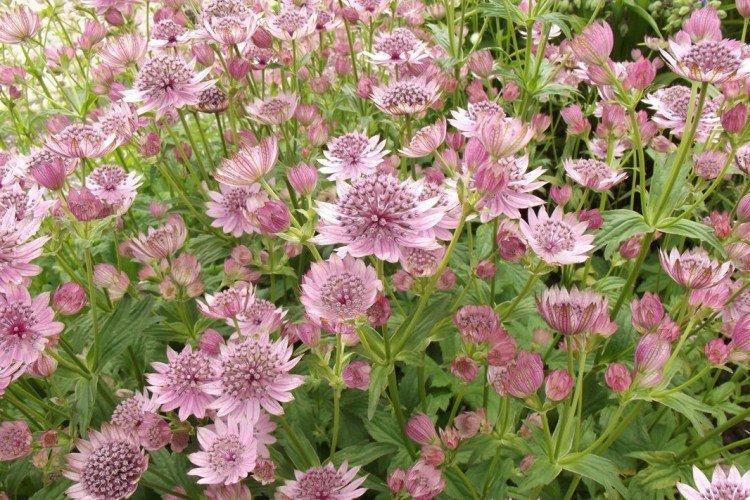
Astrania care
Astrantia initially grows in different regions of Europe, so it has no problems with adaptation. She also does not make any special requirements. Bushes can easily grow in one place for 10 years.
Temperature and lighting
All types of Astrantia can live in the sun and in the shade. It is a good plant for planting under dense canopy where few will survive. Unless there is absolutely not enough light, Astrantia blooms more modestly.
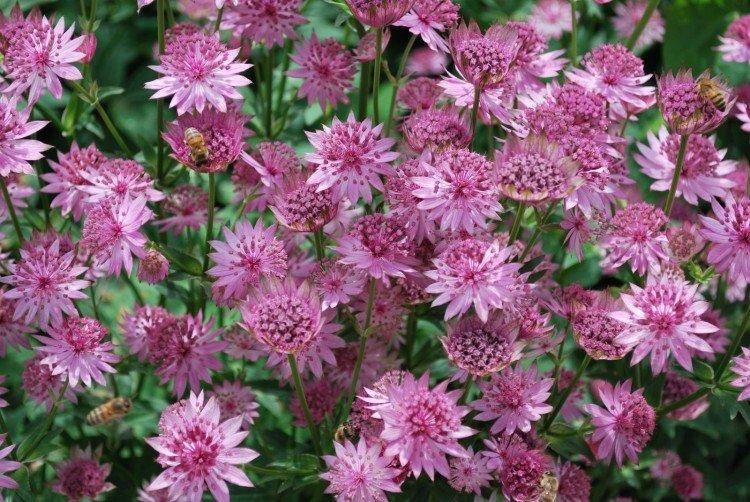
Watering
Astrantia needs to be additionally watered only in dry season, about once a week. But in order for it to bloom again in the same season, you will have to make minor edits. In this case, make sure that the soil is always slightly moist.
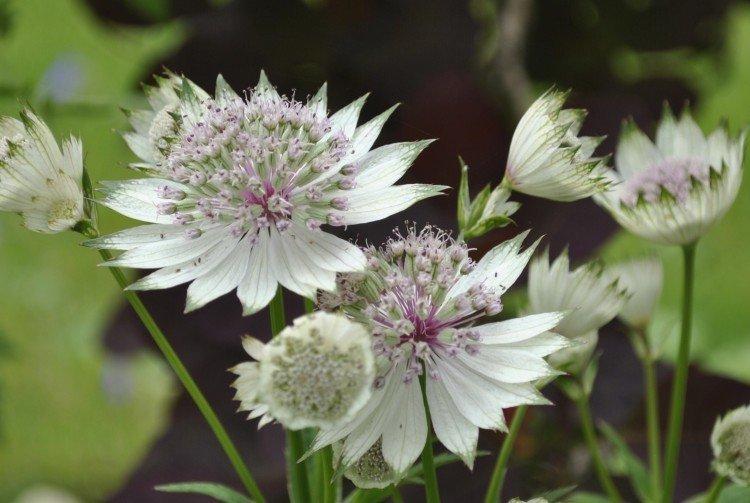
The soil
Astrantia grows well in any soil. Still, the bushes become larger and more powerful on loose and sufficiently nutritious soils with moderate moisture.
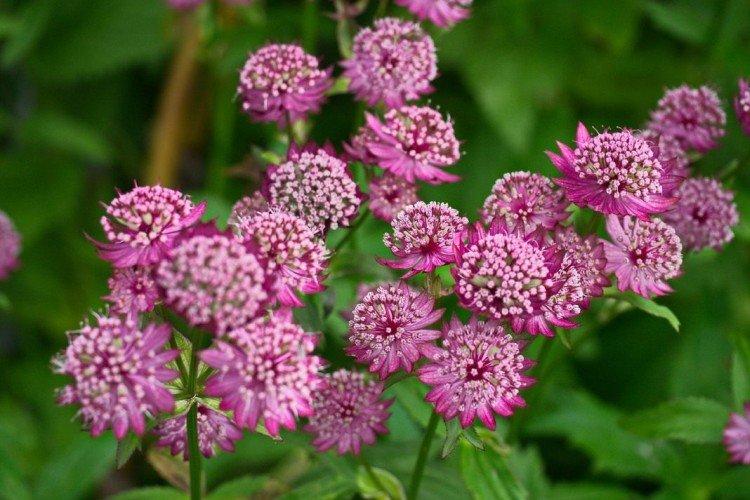
Fertilizers and feeding
And here again Astrantia pleases with unpretentiousness. It will grow well even without top dressing, but it reacts very responsively to mineral fertilizers in early spring. If the soil is really bad, you can feed the flowers again by the end of summer.
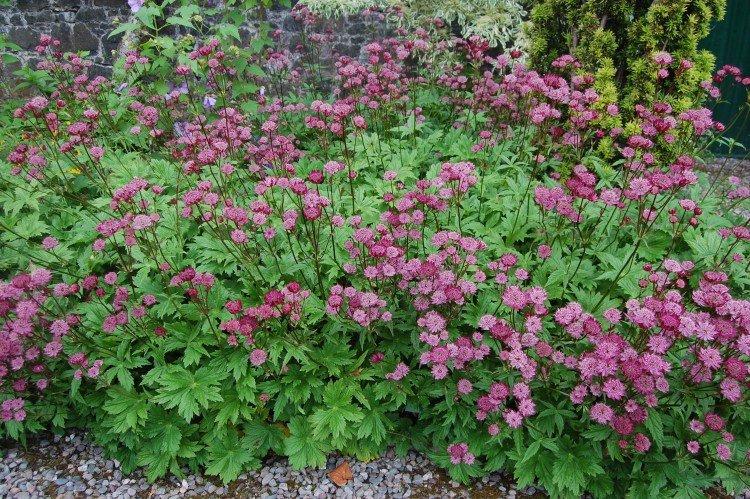
Wintering
In the middle lane of Astrantia, no preparation for winter is needed at all. Just cut off the entire ground section at the end of the season and renew the mulch layer. But even this is not necessary - dry residues can be safely removed in spring.
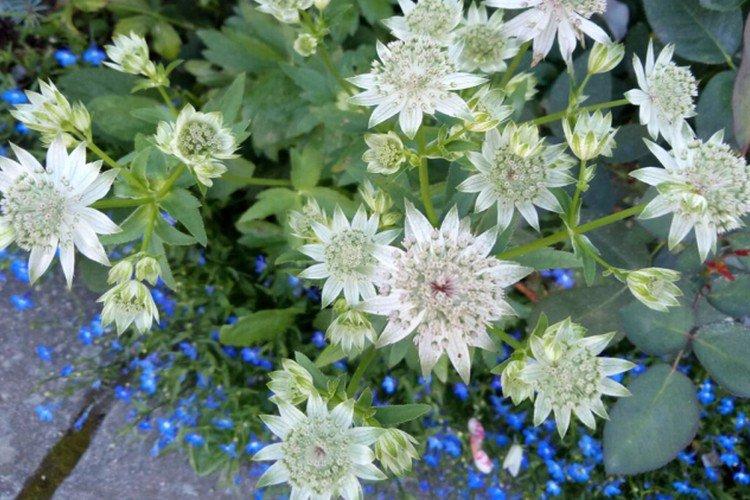
Transfer
The only thing that really should not be done with astrania is replanting it unless absolutely necessary. With sufficient soil fertility, we advise you not to touch it at all for at least 5-7 years and rejuvenate only with a loss of decorativeness.
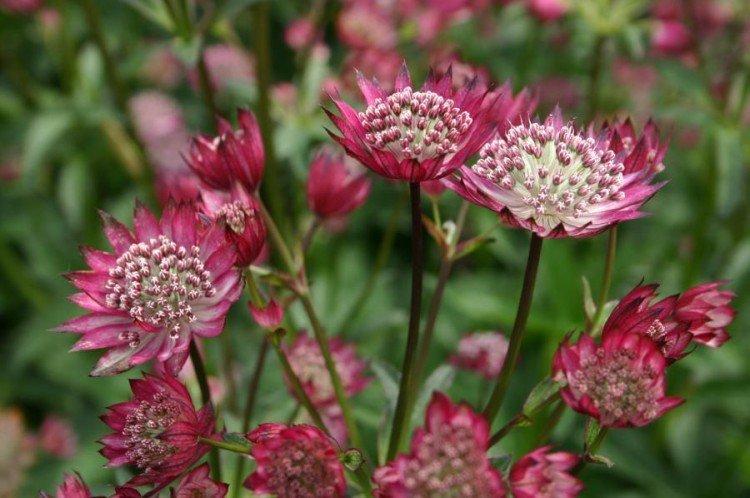
How to prolong the bloom of Astrantia?
For a long and lush bloom, cut the very first flower stalks to stimulate the growth of new ones.In the process, immediately remove wilted inflorescences and cut off the shoots as needed. Combined with mild stimulants, this will trigger a second wave.
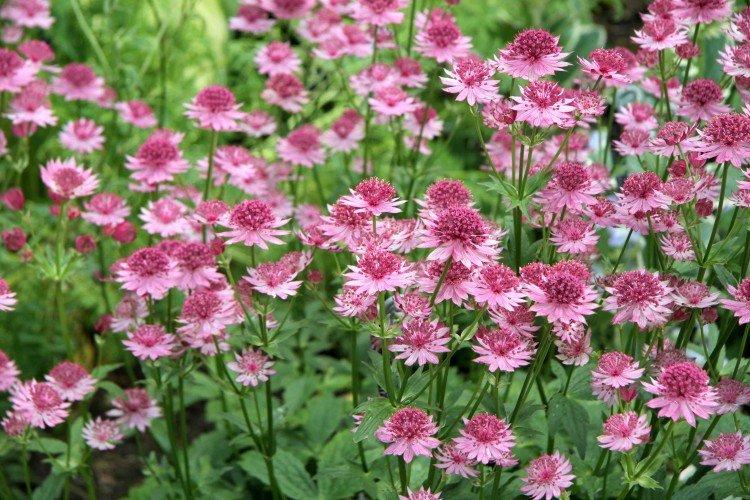
Garter
For the most part, Astrantia does not need supports, but there are nuances. In a too rainy season, it is still better to tie up tall adult plants to support the shoots.
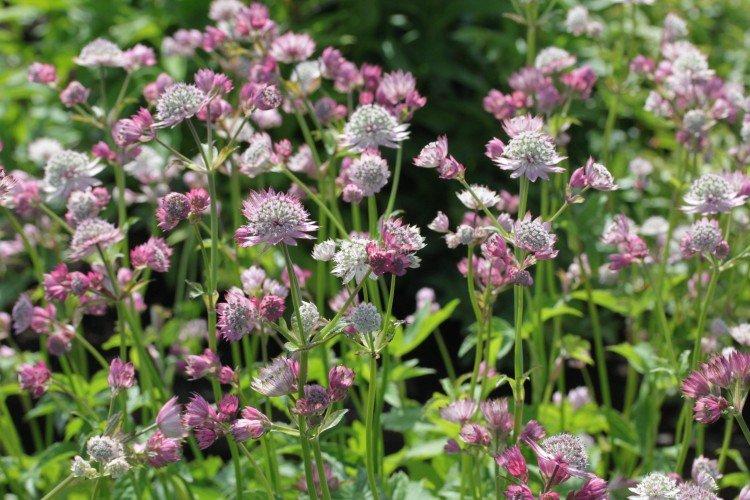
Planting and breeding
Astrantia seeds are planted directly into the garden before winter for natural stratification. But if you need to preserve the characteristics of a particular variety, it is propagated by cuttings or by dividing bushes. Basal rosettes take root best and fastest - in just a couple of weeks.
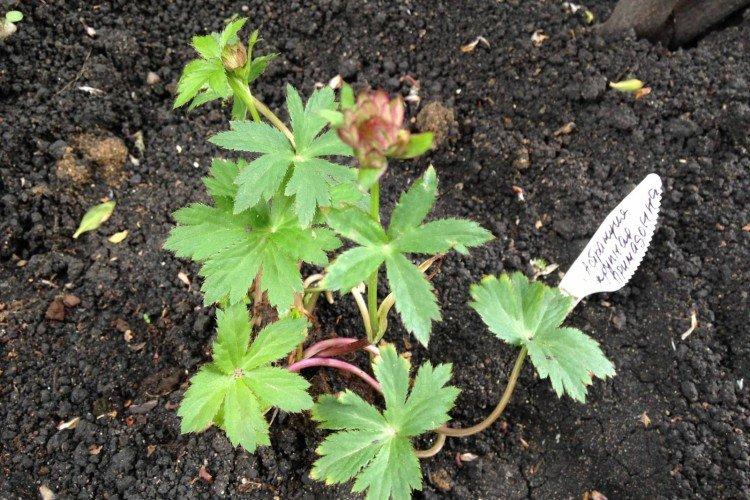
Diseases and pests of astrania
When planting Astrantia, you don't even have to worry about preventing diseases and pests. She has excellent immunity, and this is one of the most resistant horticultural crops. Only with systematic violations of the conditions of detention, the plant is sometimes affected by a fungus. But even in this case, the situation can be easily corrected by fungicides and adjusting the regime.
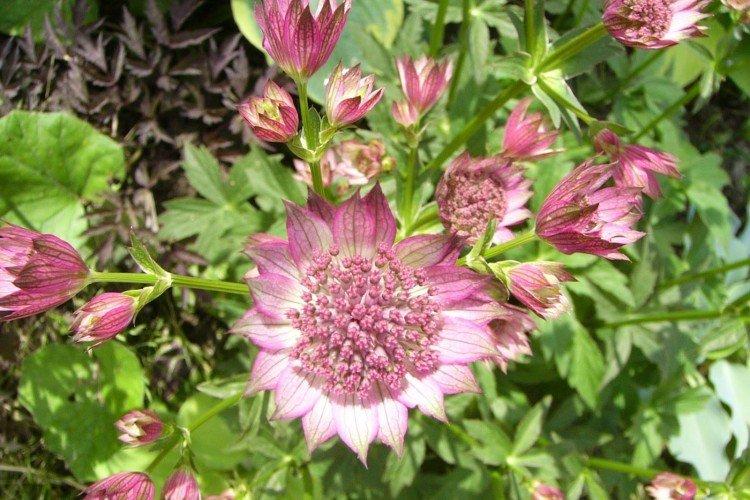
Astrantia - photos
At first it may seem that Astrantia looks eccentric and unusual. But this is only the first impression, because it is enough to look closely to feel its beauty!
